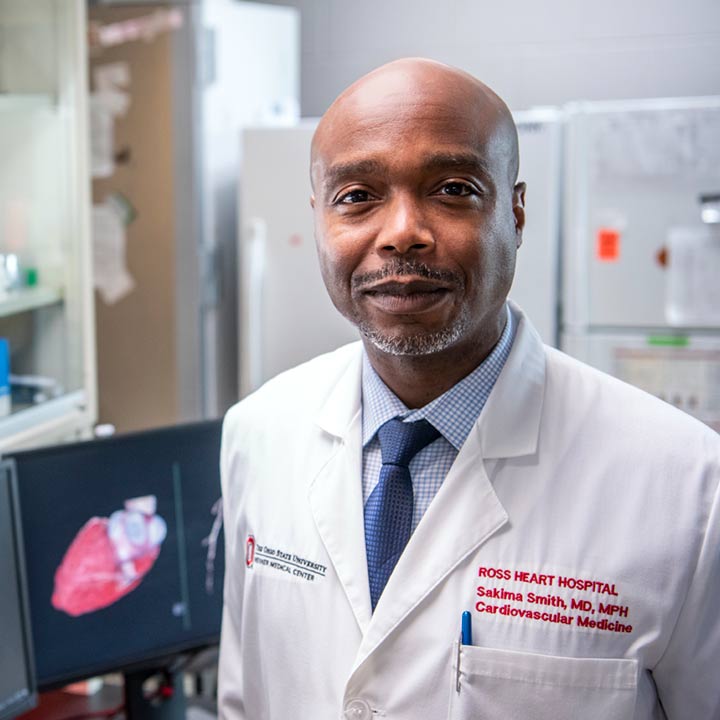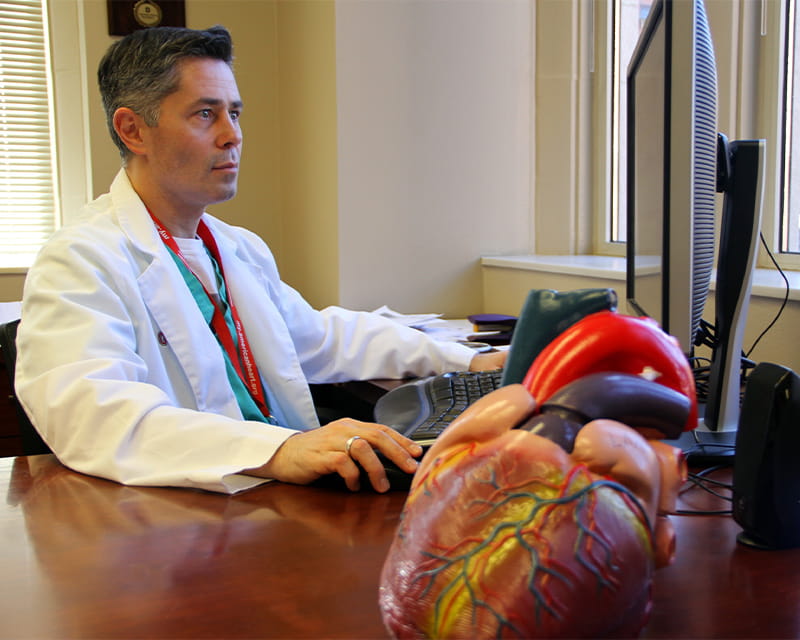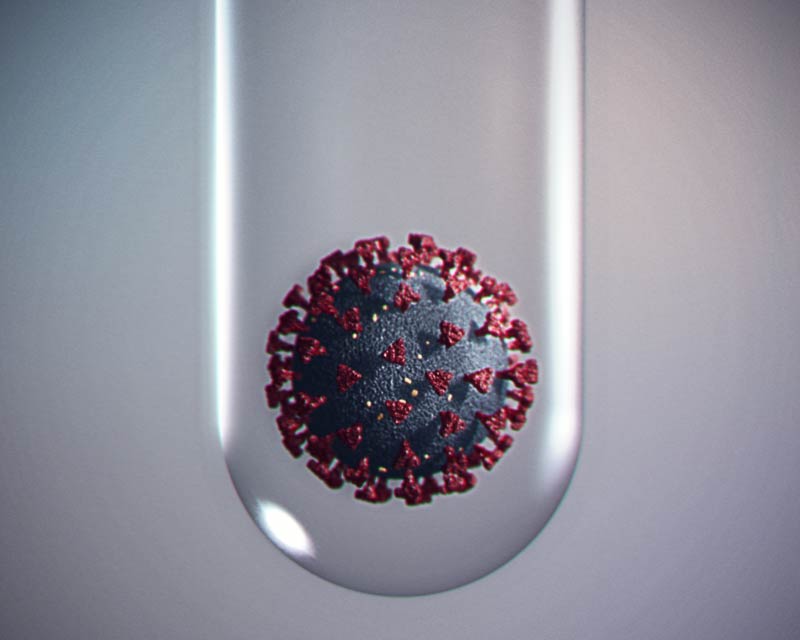
Safer Patient Transport
 A five-year, $2 million grant from the National Heart, Lung and Blood Institute at the National Institutes of Health (NIH) will help researchers at The Ohio State University probe a relatively new area of medical science that works to link certain cancer treatments to heart failure.
A five-year, $2 million grant from the National Heart, Lung and Blood Institute at the National Institutes of Health (NIH) will help researchers at The Ohio State University probe a relatively new area of medical science that works to link certain cancer treatments to heart failure.
In their project abstract, the scientists state that the 14 million cancer survivors in the United States “clearly demonstrate continued improvements in anticancer treatment efficacy; yet, this success has been tempered by a parallel rise in the incidence of cancer treatment-related cardiotoxicity, leading to morbidity and mortality.”
The research team is led by principal investigator Sakima Smith, MD, MPH, FAHA, associate professor in the Department of Internal Medicine, Division of Cardiovascular Medicine, and holder of the Bob Frick Research Chair in Heart Failure and Arrhythmia. Dr. Smith and colleagues are associated with the Bob and Corrine Frick Center for Heart Failure and Arrhythmia, which is housed in the Richard M. Ross Heart Hospital and Graves Hall at Ohio State and offers the combined expertise of physicians and scientists specializing in treating heart failure and heart arrhythmia.
Their grant, “Defining Novel Cardiovascular Mechanisms For TKI-Induced Excitability,” will focus on cancer-treatment drugs called tyrosine kinase inhibitors (TKIs) to determine their role in modulating cardiomyocyte (heart muscle cell) excitability and to define therapeutic strategies for mitigating TKI-induced cardiac dysfunction. A form of targeted therapy for some cancers, TKIs block the action of tyrosine kinase enzymes in cancer cells to help prevent them from growing and spreading.
“TKIs can be life-saving therapies for many patients suffering from cancer,” Dr. Smith says, “but unfortunately, adverse cardiovascular side effects are common and can lead to the discontinuation of this life-saving therapy. This grant study is motivated by our hypothesis that TKI-induced arrhythmia acts in part through activation of a key cardiac protein in heart cells (CaMKII) and increased late sodium current in cardiac cells leading to arrhythmias.”
Dr. Smith and colleagues point out that TKIs are first-line therapy in kidney cancer, a common cause of cancer death worldwide. The most common form is renal cell carcinoma (RCC), which accounts for approximately 90% of all kidney cancer cases and results in some 143,000 deaths per year globally. “The incidence and prevalence of RCC have been increasing over the last 50 years, and with the growth of the U.S. elderly population, these numbers will continue to increase.”
They note that mounting data support the premise that TKIs can modify and inhibit cardiac voltage-gated Na+ sodium channel Nav1.5, a cardiac isoform that plays a key role in heart excitability and conduction. Also, TKIs have been shown to increase reactive oxygen species (ROS) in cardiomyocytes. In turn, ROS “is known to activate the multifunctional Ca2+/calmodulin dependent kinase II (CaMKII), which resides at the hub of a pro-arrhythmia signaling hub in cardiac myocytes.”
In previous work, the scientists have shown that CaMKII promotes arrhythmia in part through an increase in cardiac late sodium current, known as INa,L. “Notably,” they continue, “INa,L has importance in regulating contractility in normal heart; thus, of all the potential ion channels to target for cardioprotection, INa,L inhibition could prevent arrhythmias and adverse structural remodeling in patients taking TKIs.”
Based on those data, they will test the hypothesis that TKI-induced arrhythmia acts in part through oxidative activation of CaMKII and increased excitability of cardiomyocytes. “We propose INa,L is an attractive target to prevent TKI-induced cardiotoxicity.”
Dr. Smith says results from their study “will inform clinical decision-making regarding drug-induced arrhythmias, inform mechanistic approaches to prevent Ca2+ (calcium ions) overload, and define an innovative approach using drugs readily available on the market as cardioprotective agents for patients during TKI therapy.”

Safer Patient Transport

New treatment for atrial fibrillation

First US Medical Center in Clinical Trial